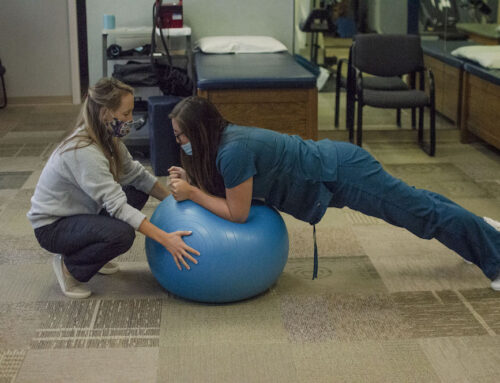What Exactly is Sport Specialization?
Sport specialization is the early placement of young athletes into one specific sport or position with intense, focused, year-round training. A commonly occurring example is a young baseball player committing to pitching in little league, travel league, and school team with less than 3 months off from each team per year. In contrast to sport specialization, sport diversification is the participation in a variety of sports and positions that require a range of skills, with adequate rest and recovery between different seasons and practices.
Is it Really That Important? Protecting and Guiding Young Athletes
Due to the developing anatomy of youth athletes, performing repetitive activity without adequate rest and recovery puts these kids at a higher risk for injury. Rapid changes in height, weight, and muscle mass place increased stress at the developing growth plates and can result in pain associated with diagnoses such as tendonitis, bursitis, and Little League elbow.
In a study of over 1,200 youth athletes, those that specialized in a single sport were 70-93% more likely to be injured than children who participated in multiple sports. Youth athletes who compete year round also face higher rates of burnout and are actually more likely to be physically inactive as an adult, and overuse injuries as a child can increase likelihood of more serious injuries such as ACL tear at an older age.
They Don’t Have to Sit Out – It’s About Balance and Supervision
Although there are always risks involved with sport participation, the benefits of physical activity in youth significantly outweigh the risks. Adequate recovery does not mean that an athlete needs to be removed entirely from sport, but they can perform active recovery in which they are still participating in pain-free physical activity during a break from their specific sport.
Proper supervision during the off season from a physical therapist can encourage a strength and conditioning program that is safe and effective for improving bone health, minimizing inflammation, and decreasing likelihood for injury. Sport diversification can allow focus on “playing” rather than “performing” which can help develop coordination, strength, agility, and mechanics to improve general athletic ability rather than one individual skill (ie. pitching).
Guidelines to Prevent Injury For Each Age Group:
- Before Age 12: 80% of time should be in “general play” with multiple sports and multiple positions. The other 20% of time can be devoted to deliberate skill acquisition in the chosen sport.
- Age 13-15: 50% of time can be devoted to the chosen sport and chosen position. The remaining 50% of the time should be focused on a variety of athletic participation including other sports, strength, and conditioning training.
- Age 16 and Above: 80% of the time can be devoted to the chosen sport and chosen position. Even at this point, 20% of the time should be devoted to developing athletic skill outside of those individual skills required for sport ie increasing speed, agility, and strength in a safe manner.
References
- https://www.nsca.com/education/articles/ptq/early_sport_specialization_vs_diversification_in_youth/
- http://changingthegameproject.com/is-it-wise-to-specialize/
- https://www.ncbi.nlm.nih.gov/pmc/articles/PMC3658407/









